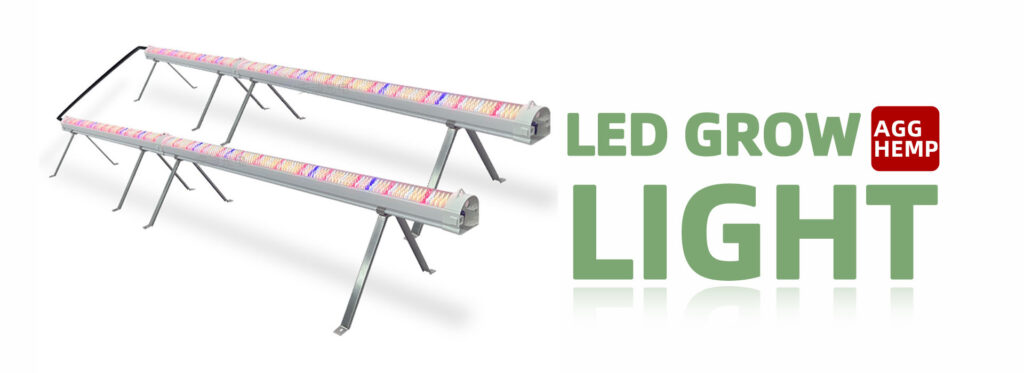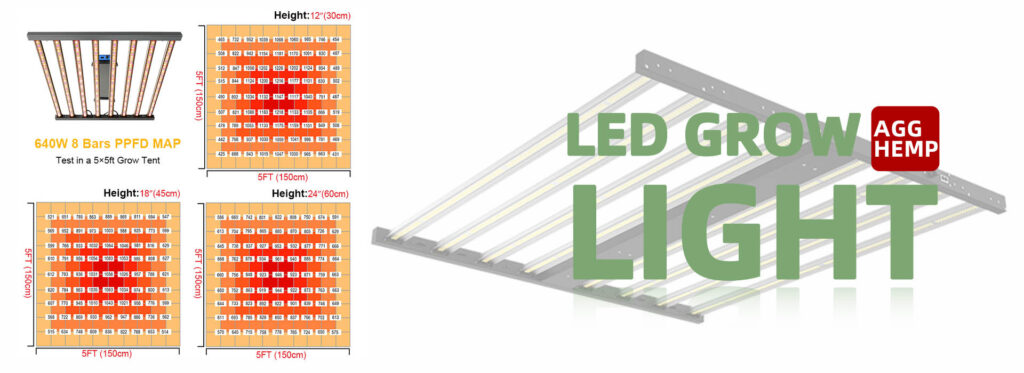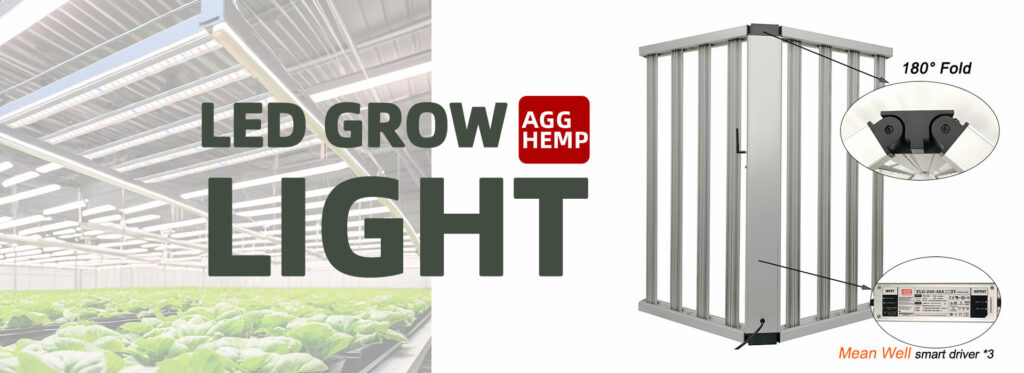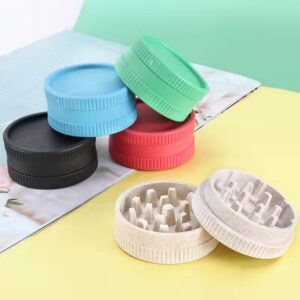Indoor gardening has become a popular hobby and even a professional practice for many plant enthusiasts. One of the most critical tools for successful indoor cultivation is the LED grow light. Unlike traditional fluorescent or HID lighting, LED technology provides energy efficiency, low heat output, and customizable light spectrums that simulate natural sunlight. Choosing the right LED grow light can make a significant difference in plant health, growth speed, and yield.

Why Full Spectrum LED Grow Lights Are Essential
Plants require different wavelengths of light at various growth stages. Full spectrum LED grow lights provide a complete range of light, including blue, red, and white spectrums, to support both vegetative and flowering stages. This versatility eliminates the need to switch between multiple lighting systems, saving both time and money.

How Spectrum Affects Plant Growth
Blue light encourages strong stems and healthy leaves, while red light promotes flowering and fruiting. A well-balanced full spectrum light ensures your plants receive the right combination of wavelengths, leading to robust growth throughout their life cycle.
Differences Between LED Full Spectrum Grow Light and Traditional Lighting
Traditional grow lights, such as HPS or fluorescent bulbs, often produce excess heat and consume more electricity. In contrast, an LED full spectrum grow light provides efficient light with minimal heat output, reducing the risk of plant stress and lowering electricity costs.

Grow Lights for Vegetative Stage
During the vegetative stage, plants need more blue light to develop strong foliage. A grow lights veg LED light is designed specifically to enhance leaf growth, producing compact and healthy plants. Many modern LED systems allow growers to adjust the intensity or spectrum for optimal vegetative growth.
Benefits of Using a Grow Lights Veg LED Light
Using a dedicated veg spectrum light ensures your seedlings and young plants develop strong root systems and dense foliage, which lays the foundation for higher yields later in the flowering stage.
When to Switch from Veg to Bloom Spectrum
Most growers gradually transition their plants from a veg-specific LED to a full spectrum or bloom-focused light once the plants enter the flowering stage. This ensures that energy is directed toward bud and flower development rather than vegetative growth.
The Most Efficient LED Grow Lights
Efficiency is one of the biggest advantages of modern LED grow systems. The most efficient LED grow lights convert electricity into usable light with minimal energy loss, reducing operational costs while still delivering strong light penetration.
How Efficiency Impacts Yield and Energy Cost
Efficient LEDs provide higher PAR (Photosynthetically Active Radiation) per watt, which directly influences plant growth rates and yields. They also produce less heat, minimizing the need for additional cooling systems in your grow space.
Key Features of the Most Efficient LED Grow Lights
When shopping for LEDs, look for features like dimmable controls, adjustable spectrums, and high-quality diodes. These attributes ensure maximum performance, longevity, and energy savings over the lifetime of the light.
Choosing a Recommended LED Grow Light
Selecting the right LED grow light depends on the size of your indoor garden, plant type, and budget. A recommended LED grow light should provide uniform coverage, penetrate the canopy effectively, and offer a long operational lifespan.
Factors to Consider Before Buying
Consider factors like PAR output, coverage area, spectrum control, and build quality. A high-quality recommended LED grow light will deliver consistent results, whether you’re growing herbs, vegetables, or flowering plants.
Recommended LED Grow Light Options for Small vs. Large Grow Spaces
For small indoor gardens or desktop setups, compact full spectrum LED panels are ideal. For larger rooms or professional setups, modular systems with higher wattage and customizable spectra provide better light distribution and improved yields.
Top Rated LED Grow Lights on the Market
When looking for top rated LED grow lights, reviews and user feedback are invaluable. Lights that consistently receive high ratings often balance performance, durability, and cost.
What Makes a Grow Light Top Rated
Top rated LED grow lights typically offer high PAR output, low heat generation, full spectrum coverage, and long lifespans. Brand reputation and customer support are also important considerations.
User Reviews and Trusted Brands
Many experienced growers share insights online about which LED lights deliver the best results. Choosing a model with proven performance in real-world conditions reduces the risk of poor growth outcomes.
Final Thoughts on LED Grow Lights
Investing in the right grow light can dramatically improve your indoor gardening results. From full spectrum LED grow lights that support the entire growth cycle to grow lights veg LED light options for healthy foliage, modern LED technology makes indoor cultivation easier and more efficient. Selecting a recommended LED grow light tailored to your space and plant type ensures thriving plants and higher yields year-round. By opting for the most efficient LED grow lights and considering top rated LED grow lights, you can maximize both plant growth and energy savings, making your indoor garden a long-term success.
LED Grow Light FAQs:
What is the difference between full spectrum LED grow lights and regular LED lights?
Regular LED lights are designed for illumination, while full spectrum LED grow lights provide specific wavelengths of light that plants need for photosynthesis. They mimic natural sunlight, making them suitable for all stages of plant growth.
How many watts of LED grow lights do I need for my grow space?
It depends on the size of your grow area. For example, a 2×2 grow tent may only need 150–300 watts, while a 4×4 tent could require 600–800 watts. Choosing the right recommended LED grow light ensures full coverage and healthy growth.
Are LED full spectrum grow lights suitable for all plant stages?
Yes. A high-quality LED full spectrum grow light supports seedlings, vegetative growth, and flowering stages, so you don’t need separate lamps for different cycles.
How long do LED grow lights usually last?
Most modern LEDs last between 50,000 and 100,000 hours, making them a long-term investment compared to traditional HPS or fluorescent lights.
How high should LED grow lights be hung above plants?
During the seedling stage, keep LEDs around 24 inches above the plants. For vegetative growth, 18–24 inches is ideal. In the flowering stage, you can lower them to 12–18 inches, depending on the intensity of your top rated LED grow lights.





